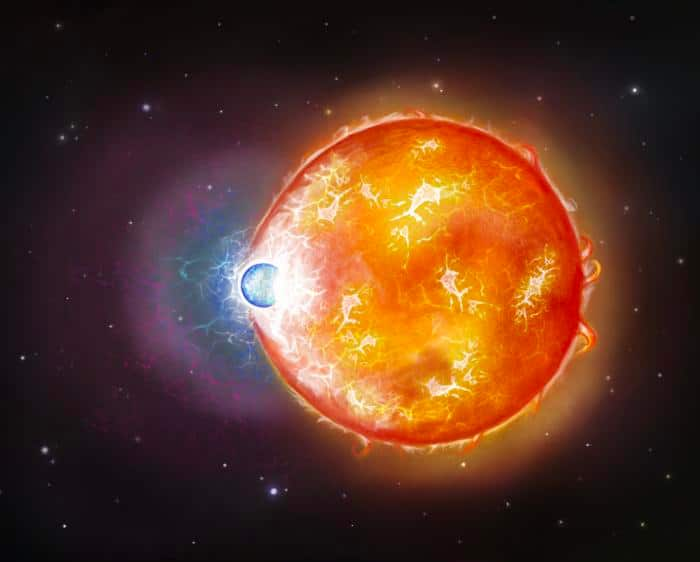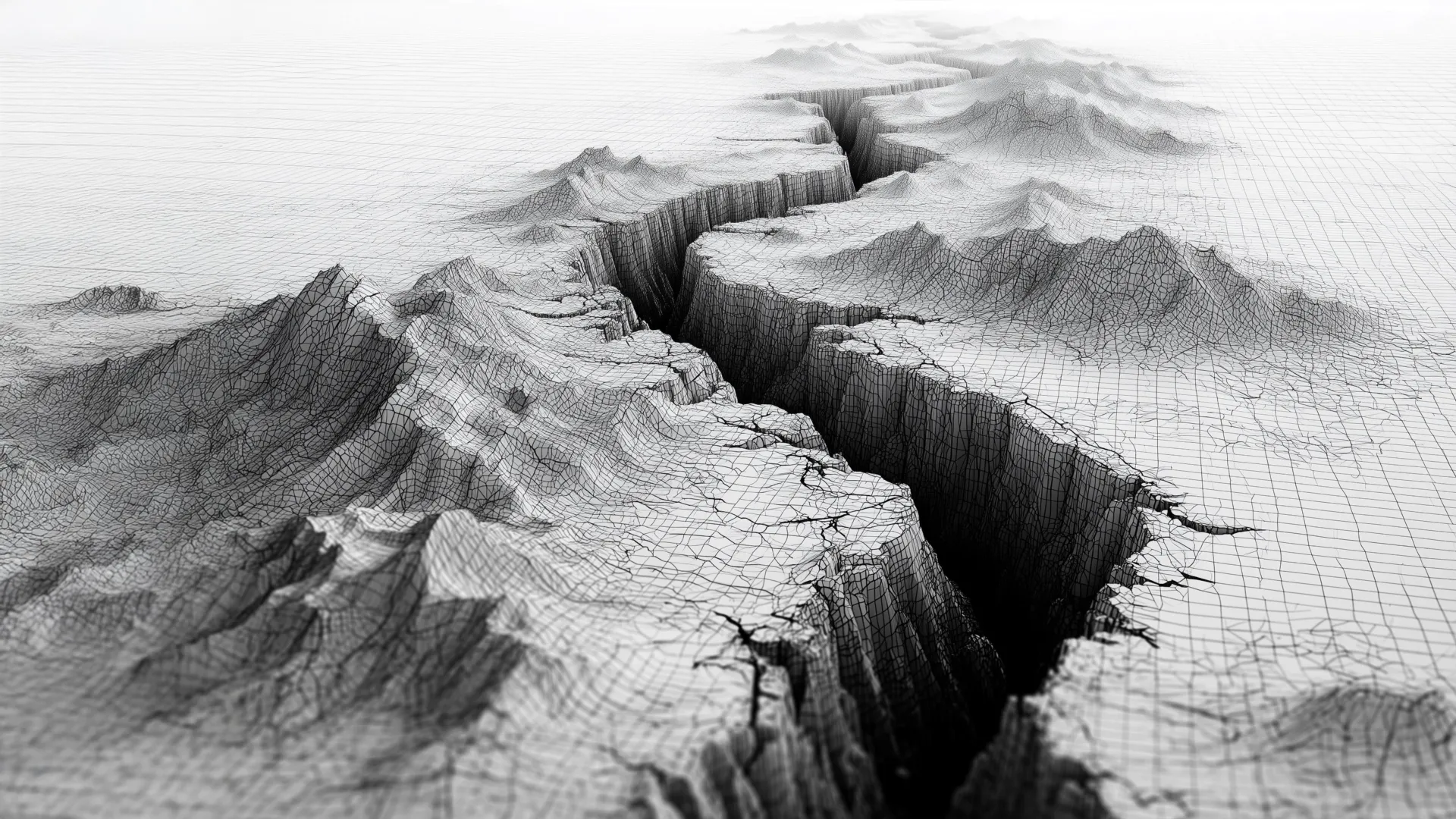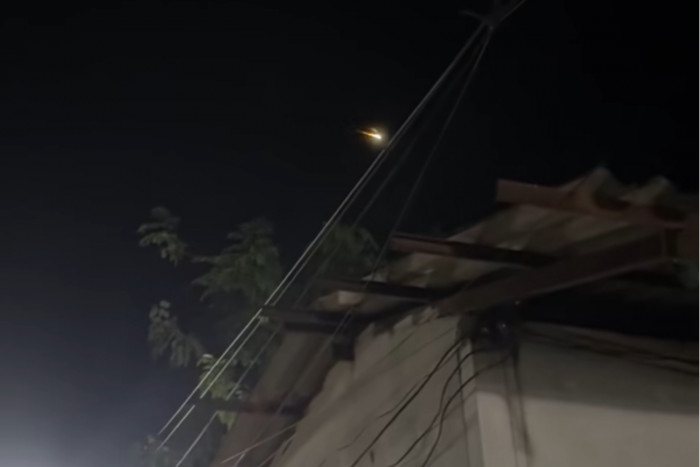Is Canada’s Silent Ticking Time Bomb About to Blow? The Shocking Truth About the Tintina Fault!

Imagine living in a place that has been completely silent for over 12,000 years, but beneath the surface lies a colossal threat just waiting to erupt. That's the chilling reality for parts of Canada as scientists unveil the startling truth about the Tintina Fault.
A groundbreaking discovery from researchers at the University of Victoria, in collaboration with the Geological Survey of Canada and the University of Alberta, has revealed that this massive fault line running over 1,000 kilometers across the Yukon is still active—and dangerously overdue for a major earthquake. For years, experts thought the Tintina Fault was just a dormant giant, but new high-resolution imaging from satellites, airplanes, and drones is telling a far more alarming story.
Deep beneath the picturesque forests and permafrost near Dawson City, scientists have uncovered physical evidence of immense prehistoric earthquakes that rocked the Earth in its not-so-distant past. The implications of this research are staggering: the Tintina Fault has been building up tectonic strain for more than 12,000 years, with the potential to unleash an earthquake that could reach a magnitude of 7.5 or even greater.
Dr. Theron Finley, a geologist from UVic and lead author of the study published in Geophysical Research Letters, commented, “That strain is going to release at some point and when it does, it could be catastrophic.” This isn’t just another case of “the big one is coming”—there’s real data backing up these warnings.
The Tintina Fault operates as a major lateral strike-slip fault, similar to California's infamous San Andreas Fault, and has already slipped over 450 kilometers in its lifetime. But new research has overturned the long-held belief that its activity ceased millions of years ago.
By employing advanced technology such as lidar (light detection and ranging) mounted on drones and aircraft, alongside data from the ArcticDEM satellite elevation project, the research team identified a staggering 130-kilometer-long segment of the fault that showcases clear signs of repeated seismic ruptures during the Quaternary Period—the last 2.6 million years of Earth’s history. Some fault scarps, which are ridges marking surface ruptures from past earthquakes, show evidence of displacements of up to 1,000 meters, with more recent features about 132,000 years old showing 75 meters of displacement. These findings suggest that the fault has remained active much closer to modern times than previously believed.
The most shocking revelation? A segment of landforms around 12,000 years old appeared undisturbed, indicating the last major rupture occurred just before that time. Dr. Finley explained, “Based on the current rate of tectonic strain accumulation, estimated at 0.2 to 0.8 mm per year, we believe the fault may now be nearing the end of a seismic cycle.” In simple terms, a significant amount of energy is currently stored underground, just waiting to be released in one catastrophic event.
This isn't just theoretical risk for the people living near Dawson City, a historic town with a rich Gold Rush past that lacks the earthquake-resistant infrastructure common in areas like British Columbia or California. The potential devastation doesn’t stop at mere shaking; the landscape itself is prone to dangerous landslides. Currently, two significant slopes near Dawson City, the Moosehide landslide and the Sunnydale landslide, are already showing signs of instability. A strong quake could send tons of earth crashing into valleys or rivers, causing blockages, destruction, and a tragic loss of life.
Perhaps the most troubling aspect of this discovery is that the Tintina Fault is not currently recognized as an active seismic source in Canada's National Seismic Hazard Model (NSHM), the foundational framework for building codes and engineering standards nationwide. However, that is set to change. Natural Resources Canada officials have confirmed that the new study’s data will lead to revisions in the NSHM, which could significantly impact construction permits, zoning regulations, emergency planning, and national infrastructure projects.
The findings are also being shared with local authorities, First Nations governments, and emergency managers across the Yukon, including the Tr'ondëk Hwëch'in and Na-Cho Nyäk Dun, whose traditional territories are part of the research area. While predicting the exact timing of the next earthquake remains elusive, the science is clear: the conditions for a major rupture are precariously in place.
Dr. Finley sums it up starkly: “This fault has been silent for over 12,000 years. That’s well within the recurrence interval for a fault of this size and behavior. It’s not a question of if, it’s a question of when.” Without immediate action to update hazard maps, bolster infrastructure, and prepare northern communities, experts warn that Canada could soon face a disaster on a scale not seen in modern history.

















